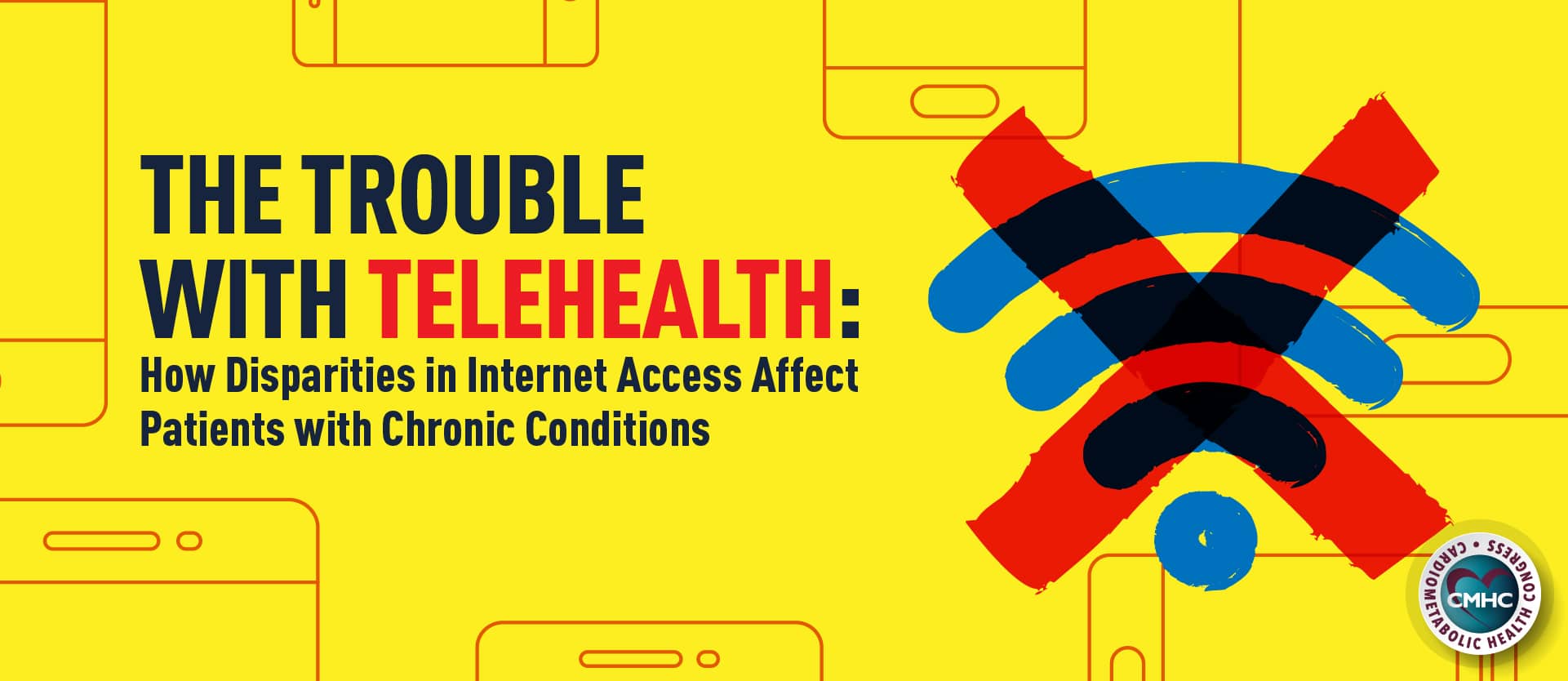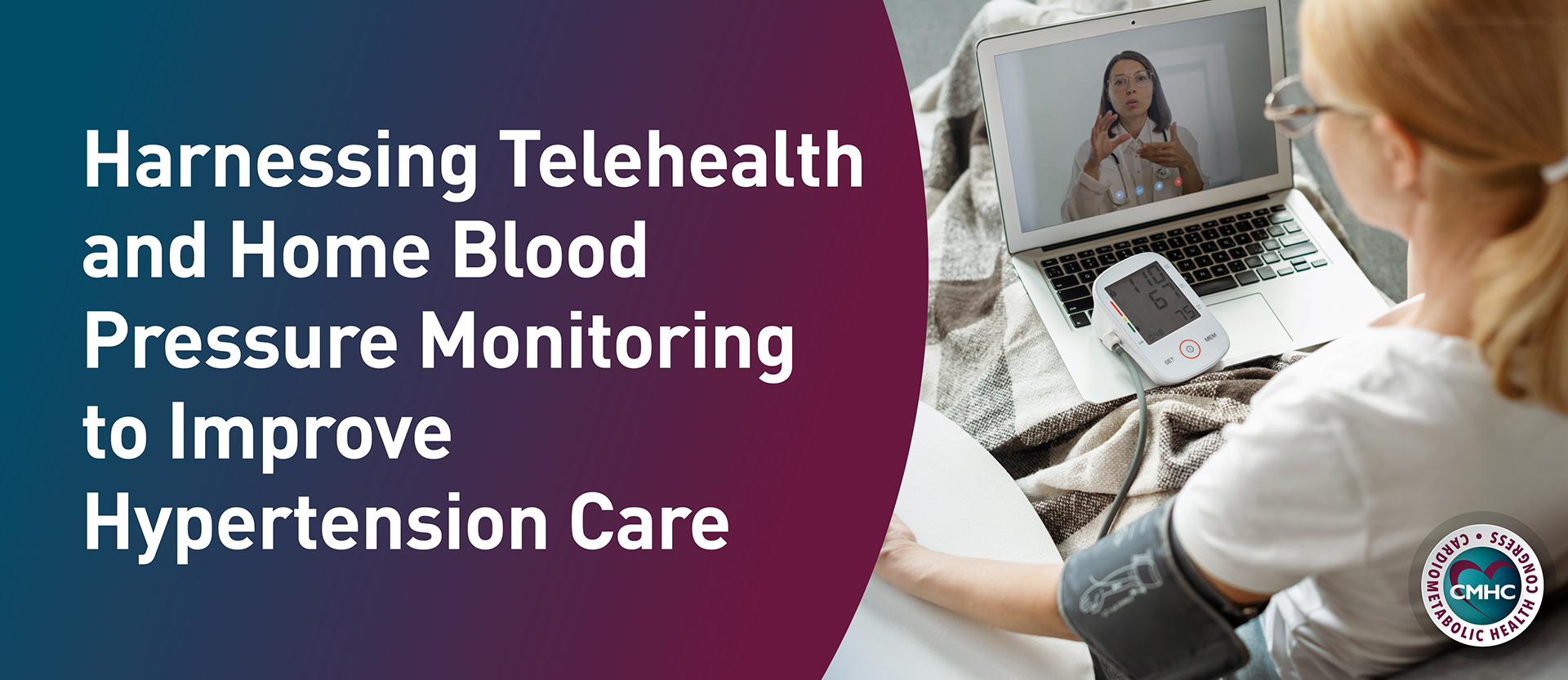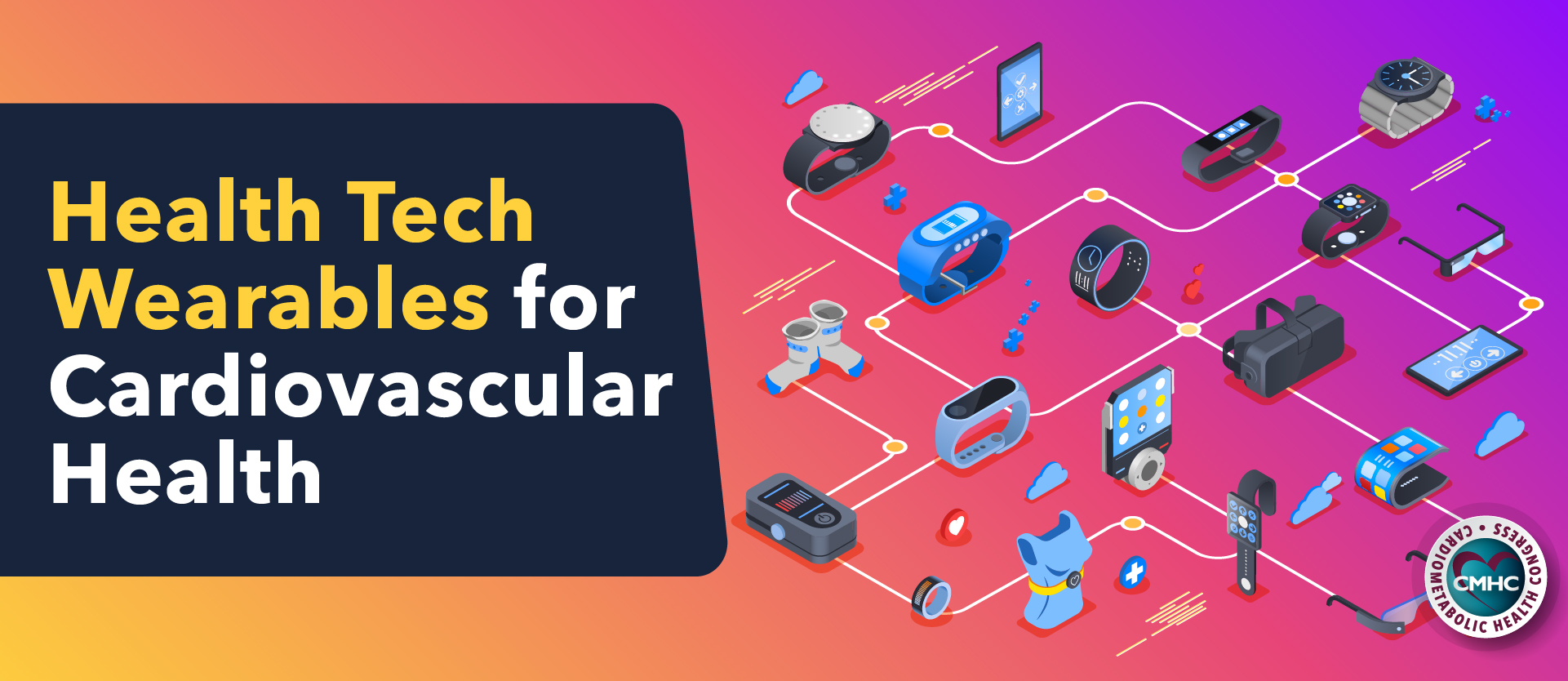The many adverse implications of the COVID-19 pandemic have created challenges for providing medical care around the globe, resulting in an increasing burden of disease and worsening health outcomes. In the current environment, telehealth is an invaluable solution, yet disparities in access to the internet between populations may negatively affect its widespread implementation while also deepening preexisting gaps in access to care. According to a research letter recently published in Diabetes Care, patients with hypertension and diabetes experience disparities in access to the internet among individuals with chronic health conditions. Among the effected cohort, researchers report a significant difference associated with patient race with individuals of color experiencing disproportionately lower access to internet services.
Assessing Disparities in Internet Access
As part of the recent study, researchers set out to determine the existing disparities in internet access among patients with chronic conditions – diabetes and hypertension – alongside disparities in access between racial groups as well as the extent of these gaps across the United States.
Led by Vardhmaan Jain, MD, from the Cleveland Clinic Foundation, a team of researchers examined data from the Behavioral Risk Factor Surveillance System to analyze disparities in access to internet among patients with diabetes and hypertension as well as minority patients, including Black, Hispanic, and White populations. A questionnaire was distributed to participants in order to survey their health-related behaviors, presence of chronic health conditions, as well as their use of preventative medical services.
Afterward, the research used logistic regression models to study the association between hypertension, diabetes, race, and internet usage adjusting for age, sex, education, employment status, and other confounding variables.
Differential Access in Minority Patients
During their investigation, researchers analyzed data obtained from 910,655 participants of whom 37% were older than 45 years, 51% were female, 63% were White, 12% were Black, and 17% were of Hispanic descent. In the overall study population, 84% reported using the internet within the past 30 days – the marker used for identifying internet access.
Dr. Jain and his colleagues reported that the prevalence of internet use was significantly lower in patients with hypertension compared to those without the condition as well as those with diabetes versus those without. Among patients with hypertension or diabetes, the prevalence of internet use was highest among Whites at 77%, compared with Blacks at 62% and Hispanics at 56%. Compared with White patients, the adjusted odds ratios of internet use by race were 0.49 for Black patients and 0.58 for Hispanic patients. Overall, frequent internet users were most likely to be White, educated, employed, young, and have access to healthcare coverage, the study’s authors reported.
“Efforts are needed to mitigate these disparities to ensure equitable care delivery across the United States,” the authors concluded. As a large proportion of healthcare services has migrated to a digital setting in light of prevailing pandemic conditions, there is an urgent need for solutions to disparities in internet access between patients. For those suffering from chronic diseases, including diabetes and hypertension, consistent and regular medical care is paramount; if patients lack internet access, telephone or in-person appointments are advised as missed visits and delays in care can be dangerous or detrimental to health.
For a comprehensive evaluation of telemedicine and its uses in cardiometabolic health, clinicians are invited to attend the final day of the CMHC Spring 2021 event on Sunday, April 18th.

















